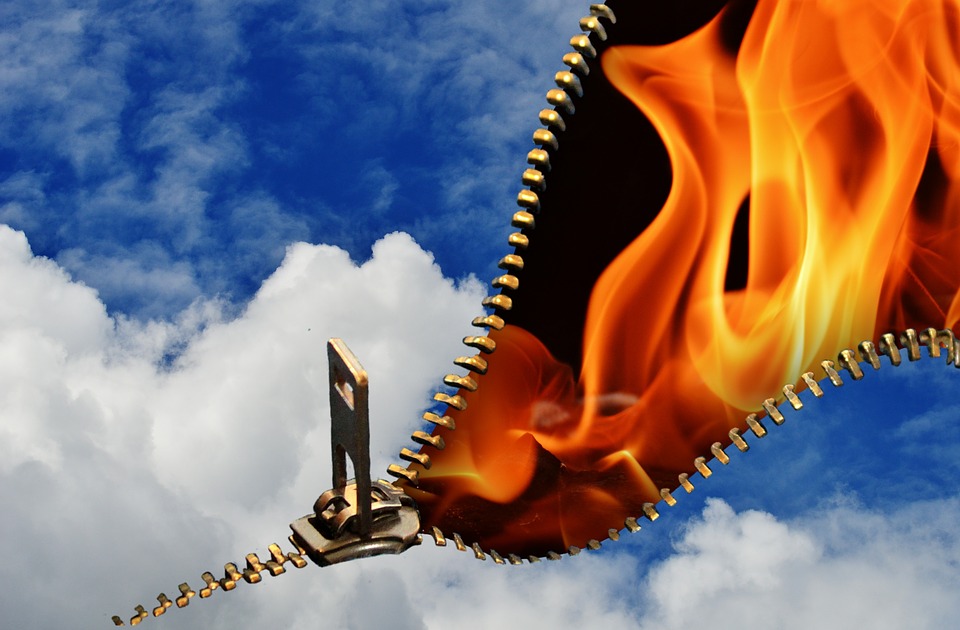Clarence Skinner, perhaps the most influential Universalist minister of the 19th century, (http://uudb.org/articles/clarencerussellskinner.html) wrote that “the line between good and evil runs through people, not between them.” In today’s cultural and political climate of “us vs. them,” Skinner’s words were prescient.
Years ago, there was a poster floating around that said, “Jesus came to draw a circle around people; not a line between them.” And finally, the Rev. Dr. Rebecca Parker cautioned UU’s in our propensity for dualism: evil was out there in others, not in us — we are the “good guys.” She said that the potential for evil lies within each one of us. Then there is the Native American story in which a grandfather tells his grandson that there are two wolves fighting inside of him. One is evil (hatred or anger), one is good (love, compassion). The boy asks, “Which wolf will win?” The grandfather replies, “The one you feed.”
I share all of these perspectives because our country is in yet another wave of “sorting.” Sorting ourselves by religious belief, gender identity, affectional orientation, political party, class, skin color, educational level, ability/disability, country of origin, and economic status. We draw deeper and deeper lines in the sand, never daring to step over what has become a canyon that separates us from one another. We find anything that can divide us and cling to it. We hold on tighter to anything that could be binary. Consequently, there are a whole lot of “those people” and “people like us.” Ironically, we are doing this in a time when technology can connect us globally in seconds across time zones, cultures, languages, and nations. Thanks to local companies like Microsoft, the Gates Foundation, and Google, those of us who were born here are more likely to be working alongside someone from another part of the world than any prior generation.
The response to this global mingling is a last gasp to keep pockets of homogeneity alive. It is a fear-based response. The desperate categorizing is a way to distance oneself. It is a protective stance much like the turtle that pulls in its head and limbs when sensing danger. The trouble is that the turtle can then see nothing or move anywhere. It stays stuck, defensively in one place.
I will confess that there are times when I am very much like the turtle. I want some folks to be other, to remain separated from me. Because how they think and what they believe and what they espouse runs counter to everything I think, believe, and espouse. I do not want to entertain the idea that good and evil run through me as opposed to between me and the other. Some days I just plain don’t want to feed the loving, compassionate wolf. I just want to be with my peeps who reflect back to me who I am and what I know. But as this sort of false dualism persists, we become more and more on the verge of falling in love with our own reflection just like Narcissus.
It is easier to draw lines between then a circle around people. It is hard work to see another’s reflection, way of thinking, believing and acting in the world when it differs from our own. It is so easy to judge it and label it. How many times have any one of us said, “I would never…” Be careful for you don’t know what you are capable of until the moment presents itself.
Anger, hatred, evil, and good, love, compassion — they are dueling wolves inside of each of us. None of us is either or. We are all both and. Which means that each day, each moment, we have to befriend them all. The world is not binary and neither is any one of us. Sorting will only leave us stranded turtles, draw inward, afraid, isolated. Within ourselves and within our culture, the task is to draw circles around, not in between.
Use pencil, pen, crayons, paints — just start drawing…
Peace, Shalom, Salaam,
Rev. Lo

